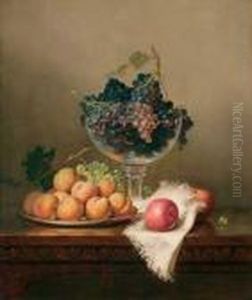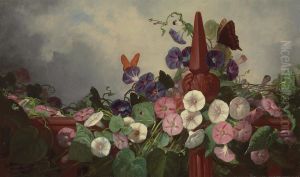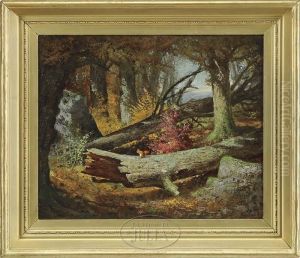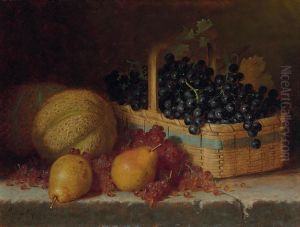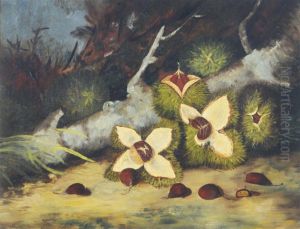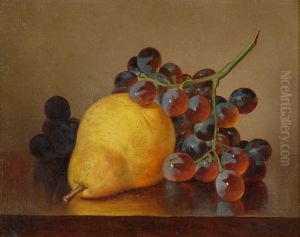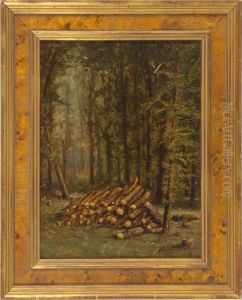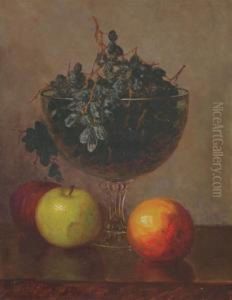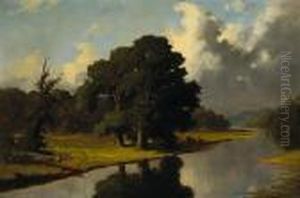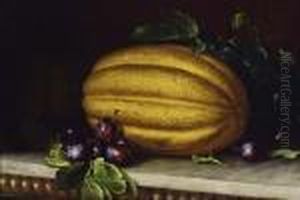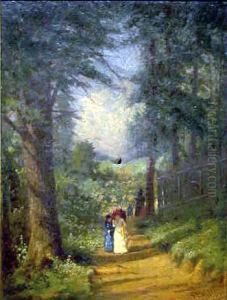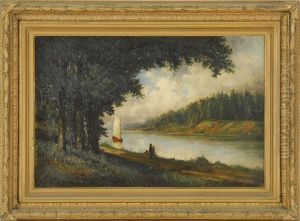Frederick Stone Batcheller Paintings
Frederick Stone Batcheller was an American artist born on April 13, 1837, in Providence, Rhode Island. He grew up in a time of significant change in the United States, witnessing the transformation brought about by the Industrial Revolution and the tensions leading up to the Civil War. Batcheller showed an early interest in art and was largely self-taught, although he did study briefly in Europe, which was a common practice among aspiring American artists of his time.
His European tour included stays in major art capitals such as Paris and Rome, where he refined his skills and absorbed the influences of the Old Masters. This experience was critical in shaping his artistic style, which blended traditional European techniques with a distinctly American sensibility. Upon returning to the United States, Batcheller settled in Boston, Massachusetts, where he became an active member of the local art community.
Batcheller was known primarily for his still life paintings, a genre that was gaining popularity in America during the latter half of the 19th century. His works often featured arrangements of fruit, flowers, and objects that reflected his interest in color, texture, and composition. Batcheller's paintings were celebrated for their detailed realism and vibrant color palette, qualities that made them highly sought after by collectors and the public alike.
In addition to his still life works, Batcheller also produced a number of portraits and landscapes. These pieces, while less well-known, demonstrated his versatility as an artist and his ability to capture the essence of his subjects. Throughout his career, Batcheller exhibited his works at various art institutions, including the Boston Art Club and the National Academy of Design, receiving considerable acclaim.
Frederick Stone Batcheller's contribution to American art was cut short by his untimely death on March 4, 1889, in Boston. Despite his relatively brief career, Batcheller left behind a body of work that continues to be appreciated for its beauty and craftsmanship. His paintings are included in the collections of several prestigious museums and galleries, ensuring that his legacy as a key figure in American art history endures.
